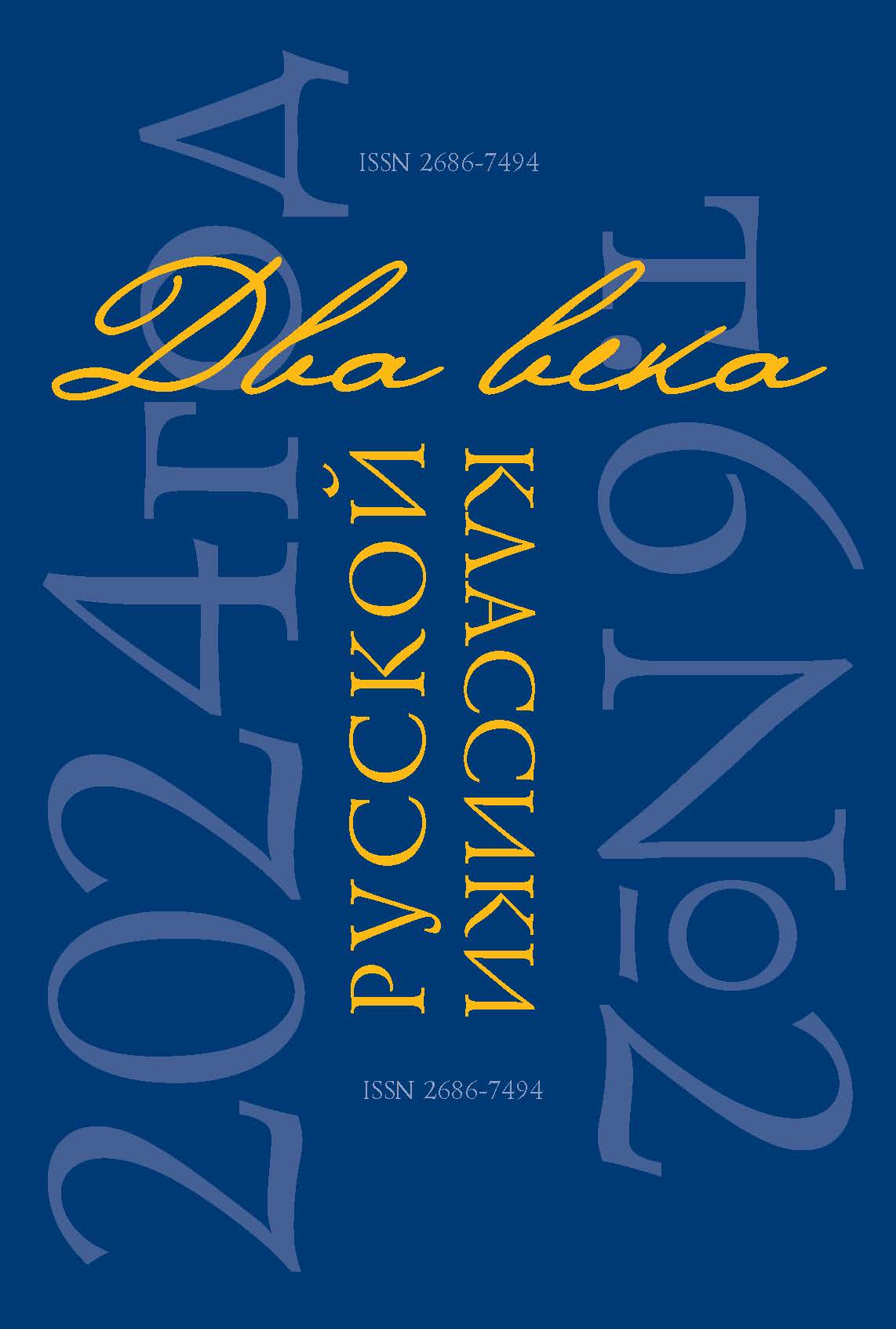Abstract: The article is devoted to the analysis of the story Bursa by Ilariy Shadrin. The author reveals historical circumstances that actually took place and true descriptions of the persons who served as prototypes of the story heroes. Based on the text, involving a wide range of additional sources, including archival, the picture of the daily life of the Vologda Seminary is reconstructed, biographical portraits of teachers and students are outlined. The author notes that the artistic images created by Ilariy Shadrin are not historically accurate portraits and objective characteristics of real persons. It is stated that the story “Bursa” contains few precise indications of the dates. Its undoubted value lies in the scattering of observations, particulars, everyday details captured by the author. It is concrete living sketches, not journalistic polemical arguments, that constitute the main value of Ilariy Shadrin’s work. An analytical study of the artistic world of the story and other sources allows the author to conclude that the writer was excessively immersed in his own experiences, in thinking over the circumstances and the role of his own person in them.
References
Beliaev, V. I. Zdravookhranenie Iaroslavlia v proshlom i nastoiashchem [Health Care of Yaroslavl in Past and Present]. Iaroslavl’, Iaroslavskii meditsinskii institut Publ., 1961. 136 p. (In Russ.)
Burtsev, E. A. “Kniga zhalkoi mesti” [“The Book of Pathetic Revenge”]. Missionerskoe obozrenie, no. 1, 1914, pp. 119–131. (In Russ.)
Kolodin, N. N. Iaroslavskie eskulapy: v 3 t. [Yaroslavl Aesculapians: in 3 vols.], vol. 1. Iaroslavl’, Kantsler Publ., 2008, 374 p. (In Russ.)









